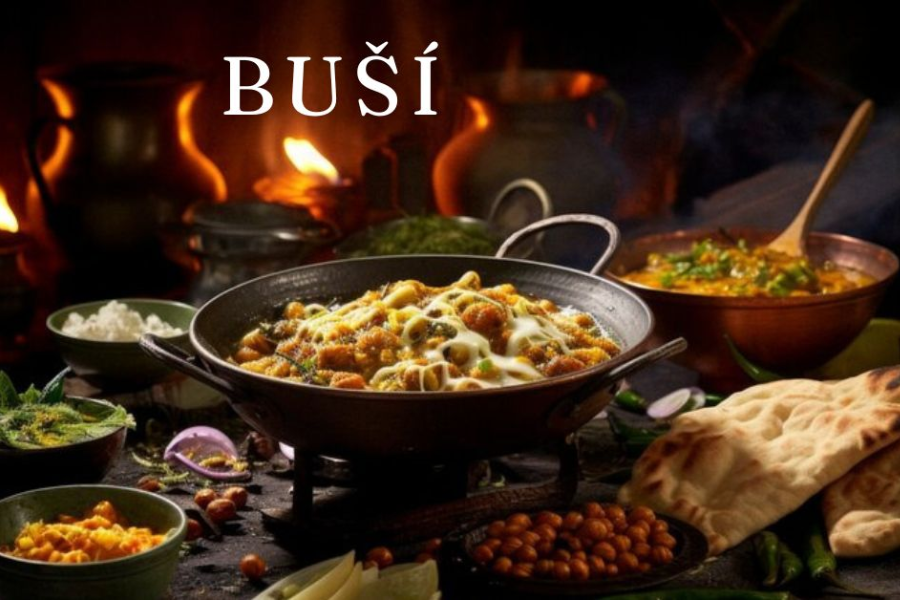Unveiling the Rich Tapestry of Buší: From Culinary Delights to Cultural Significance
1. Introduction to Buší
Welcome to a journey through the diverse meanings and cultural significances of Buší, a term that spans continents and cultures, revealing its depth in both culinary and linguistic contexts. Whether you’re exploring its roots in traditional dishes or its resonance in the vast landscapes of Australia, Buší invites us to delve into a world rich with history and flavor.
2. The Origins and History of Buší
Buší emerges from ancient culinary practices, tracing its origins back centuries to humble beginnings where it served as a staple dish among local communities. Its evolution mirrors the dynamic nature of culinary traditions, adapting over time with influences from various regions and cultures. From its inception as a simple meal to its modern interpretations, Buší remains a beloved culinary treasure cherished for its rich flavors and cultural significance.
3. Regional Variations of Buší
One of the most intriguing aspects of Buší lies in its regional variations, each offering a unique twist on the traditional dish. Coastal regions often incorporate seafood, adding a maritime flair to the hearty flavors, while inland areas emphasize robust root vegetables and locally sourced herbs. The diversity in spices and seasonings further enhances Buší’s versatility, ensuring a delightful culinary experience wherever it is enjoyed.
4. The Art of Making Buší
Preparing Buší is an art that requires patience and attention to detail. From marinating the meat to sautéing onions and garlic, each step contributes to building layers of flavor. The slow simmering process allows the ingredients to meld together, creating a dish that is both comforting and complex in taste. Fresh, quality ingredients are essential, ensuring an authentic Buší experience that captures the essence of its cultural heritage.
5. Buší in Modern Times
In contemporary cuisine, Buší continues to evolve, blending traditional flavors with modern culinary techniques. Chefs worldwide are experimenting with Buší, exploring innovative recipes that reinvent the dish while preserving its core elements. Trends like deconstructed Buší and Buší bowls cater to diverse palates, offering new ways to appreciate this timeless dish in today’s gastronomic landscape.
6. Buší’s Cultural and Social Impact
Beyond its culinary delights, Buší holds a profound cultural significance, symbolizing communal gatherings and cherished traditions. It plays a central role in festivals and family celebrations, where its preparation and sharing foster bonds of hospitality and unity. Buší embodies more than just a meal; it embodies a cultural heritage passed down through generations, enriching lives with its flavors and stories.
7. Where to Find and Enjoy Buší
For those eager to savor authentic Buší, renowned restaurants and local eateries offer the best opportunities. From traditional establishments known for their commitment to local ingredients to innovative kitchens reimagining Buší in contemporary dishes, there are countless avenues to explore and appreciate this culinary gem. Engaging with local markets and culinary tours further enhances the experience, providing insights into regional variations and preparation methods.
8. Conclusion and Future of Buší
Buší’s journey through history and culture reveals its enduring legacy in the world of cuisine. As it continues to adapt and evolve, Buší remains a testament to the resilience of traditional dishes and their ability to transcend borders. Whether enjoyed in its classic form or through modern interpretations, Buší invites us to celebrate its past, present, and future, ensuring its place as a beloved culinary delight for generations to come.
Exploring the Word Buší: A Journey Across Cultures
In addition to its culinary identity, Buší extends its reach into linguistic landscapes, offering a tapestry woven with diverse meanings and interpretations. Originating from the Australian buš, which signifies the rugged outback, Buší embodies resilience and adventure in the face of nature’s challenges. This connection to the land extends to bushwalking, a profound engagement with Australia’s untamed wilderness that enriches the spirit and connects individuals to the essence of the buš.
From Bush Tucker to Modern Cuisine
Culinary traditions associated with Buší encompass bush tucker, the indigenous foods of Australia derived from native plants and animals. These foods not only sustain but also symbolize the deep-rooted connection between Indigenous Australians and their environment. Modern chefs are embracing bush tucker, incorporating native ingredients into their dishes to celebrate heritage and showcase the buš’s natural bounty in innovative ways.
Buší in Slavic Languages and Beyond
In Slavic languages, Buší takes on a different meaning, relating to action and impact. This linguistic journey highlights the word’s versatility and its ability to resonate across cultures, from the Australian outback to the dynamic verbs of Eastern Europe. Variations like bushi in Japanese culture and busi in geographical names further illustrate Buší’s widespread influence and cultural significance worldwide.
Conclusion: Embracing the Depth of Buší
In conclusion, Buší transcends its origins as a culinary dish to embody a cultural and linguistic phenomenon that connects people across continents. Whether through its rich flavors, its ties to natural landscapes, or its linguistic nuances, Buší invites us to explore and appreciate the diverse facets of human experience. As we celebrate its heritage and look towards its future, Buší continues to inspire curiosity, creativity, and a deeper understanding of the world we live in.
By embracing Buší in all its forms, we honor its legacy and ensure its enduring place in the tapestry of global culture.







